The following response is from Peter Bannister, MTh, MPhil — the translator of messages for Countdown to the Kingdom:
On the Decree of Bishop Marco Salvi of the Diocese of Civita Castellana Regarding the Alleged Events in Trevignano Romano
This week I learned of the decree of Bishop Marco Salvi concerning Gisella Cardia and the alleged Marian apparitions in Trevignano Romano, concluding with the judgment constat de non supernaturalitate.
It should of course be recognized that the Bishop is fully within his rights to issue this decree and that, as a matter of discipline, it should be respected by all concerned, within the proper limits of his diocesan jurisdiction and the inviolability of individual conscience.
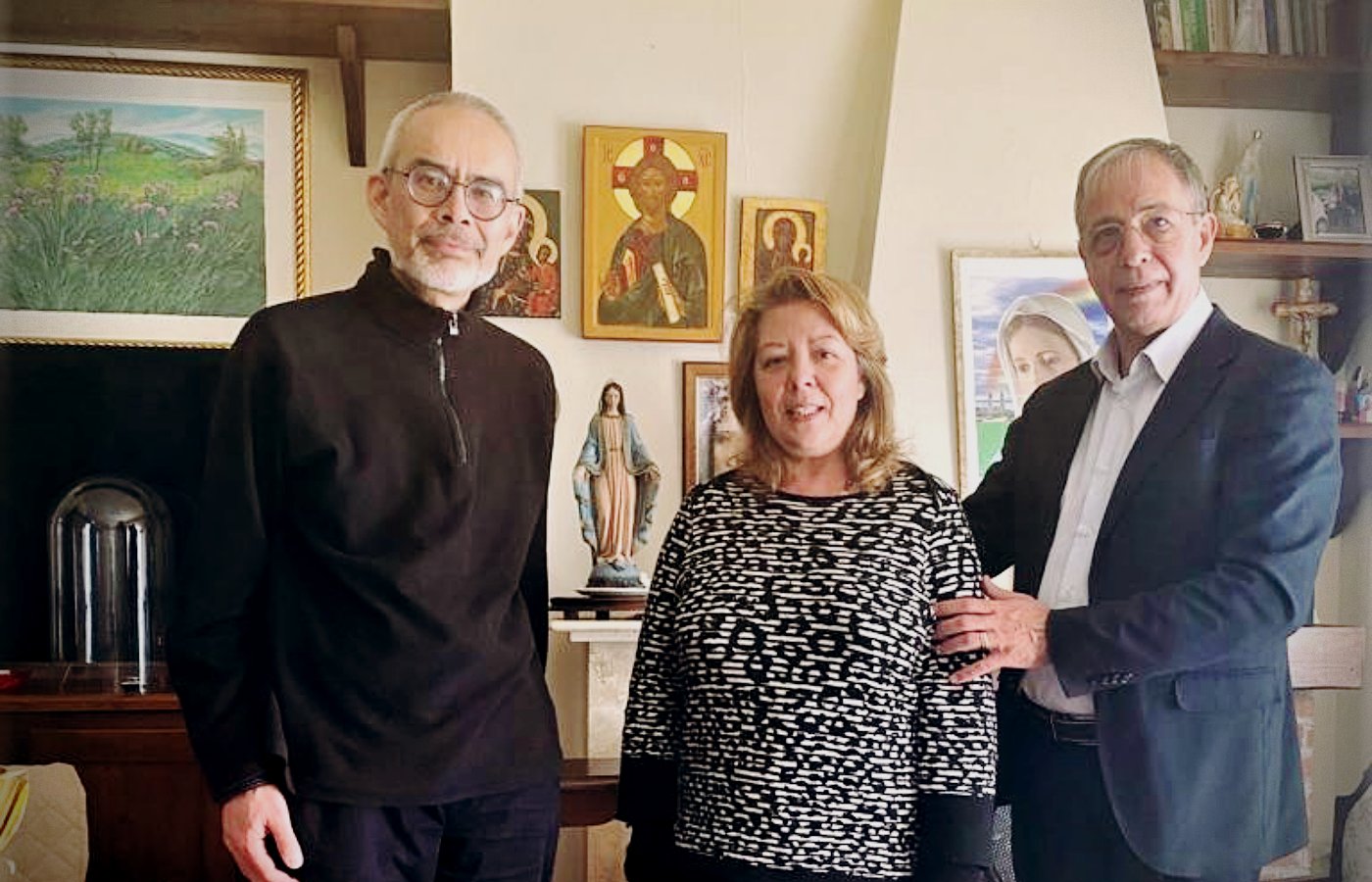
Peter Bannister (left) with Gisella and husband Gianna.
The following comments on the decree are therefore made from a (lay) observer from outside the diocese of Cività Castellana and from the viewpoint of a theological researcher specializing in the area of Catholic mysticism from 1800 to the present day. Having become acquainted with the case of Trevignano Romano, I myself submitted a substantial amount of material for consideration by the Diocese (receipt of which has never been acknowledged), based both on my detailed study of all the alleged messages received by Gisella Cardia since 2016 and a visit to Trevignano Romano in March 2023. With all proper respect to Bishop Salvi, it would be intellectually dishonest of me to pretend that I am convinced that the commission has come to a logically justified conclusion.
What is extremely surprising to me reading the Decree is that it is exclusively concerned with questions of interpretation, both of the (conflicting) testimonies received by the commission and of the messages. The interpretation offered in the document clearly represents the opinion of the members of the commission, which are inevitably subjective and would certainly be different had other theologians been involved in the evaluation. The accusation made on the RAI Porta a Porta against the messages of “millenarism” and talk of the “end of the world” is clearly contestable to the extent that several alleged mystics have obtained the Imprimatur for supposed locutions with identical eschatological content; whether their writings are supernaturally inspired or not is obviously a matter of debate, but it is an indisputable matter of fact that the Bishops and theologians involved in their evaluation judged the eschatology not to be in conflict with the doctrine of the Church. At the heart of the problem is the necessary distinction to be made between the “end of the world” and the “end of the times”: in the most serious prophetic sources, it is always the latter which is referred to (in the spirit of St Louis de Grignon de Montfort), and the alleged messages in Trevignano Romano are no exception in this regard.
Your divine commandments are broken, your Gospel is thrown aside, torrents of iniquity flood the whole earth carrying away even your servants. The whole land is desolate, ungodliness reigns supreme, your sanctuary is desecrated and the abomination of desolation has even contaminated the holy place. God of Justice, God of Vengeance, will you let everything, then, go the same way? Will everything come to the same end as Sodom and Gomorrah? Will you never break your silence? Will you tolerate all this for ever? Is it not true that your will must be done on earth as it is in heaven? Is it not true that your kingdom must come? Did you not give to some souls, dear to you, a vision of the future renewal of the Church? —St. Louis de Montfort, Prayer for Missionaries, n. 5
What is entirely absent from the Decree is any analysis of the objective elements involved in the case, such as the claims of miraculous healings, documented solar phenomena at the apparition site and above all the alleged stigmatization of Gisella Cardia (I personally witnessed and filmed the exudation of perfumed oil from her hands on March 24 2023 in the presence of witnesses), culminating in her experience of the Passion on Good Friday, witnessed by dozens of people and studied by a medical team. In this respect we also have the written report on Gisella Cardia’s wounds from the neurologist and surgical doctor Dr Rosanna Chifari Negri and her testimony regarding scientifically unexplained phenomena linked to the alleged experience of the Passion on Good Friday. To all of this, the Decree reporting on the work of the commission surprisingly makes no reference whatever, which is surprising, in that the evaluation of objectively existing phenomena arguably carries greater weight in the context of an impartial inquiry than subjective opinions regarding textual interpretation and choices between conflicting testimonies.
As regards the statue of the Virgin Mary that is claimed to have exuded blood, the document mentions that the Italian legal authorities were not willing to hand over the 2016 analyses of the liquid from the statue of the Virgin Mary, thereby admitting that no analysis could be made by the Commission. Given that this is the case, it is difficult to understand how any conclusions, either positive or negative, can be drawn, or how a supernatural explanation can logically be excluded, especially as there have been multiple alleged lacrimations both from the statuette in question (including before a TV crew in May 2023) and from others in the presence of Gisella Cardia in other parts of Italy. Many other elements remain unexplained, such as the hemographic images on Gisella Cardia’s skin and their remarkable similarity to those observed in the case of Natuzza Evola, the unexplained presence of blood on the image of Jesus Divine Mercy in Gisella’s house in Trevignano Romano or the inscriptions in ancient languages found on the walls, which I also witnessed and filmed on March 24, 2023. All these phenomena have precedents in Catholic mystical tradition and, prima facie, would appear to belong to the category of the “Divine Grammar” used by God to draw our attention to the messages of the seers in question. Attribution of such phenomena to natural causes is patently absurd: the only possibilities are deliberate fraud or non-human origin. As the Decree adduces no evidence of fraud and does not claim that these phenomena are diabolical in origin, the only conclusion is that they have not been rigorously studied. This being the case, it is hard to see how a constat de non supernaturalitate (as opposed to the more usual open verdict of non constat de supernaturalitate) was reached, given that analysis of these objectively existing phenomena seem to have played no role in the inquiry.
While obviously respecting the work of the Commission and the authority of Bishop Salvi within the diocese of Civita Castellana, given my first-hand knowledge of the case, I regret to say that it is impossible for me not to consider the inquiry as gravely incomplete. I therefore very much hope that, despite the present verdict, further analysis will be conducted in the future in the interests of theological research and a fuller knowledge of the truth.
—Peter Bannister, March 9, 2024

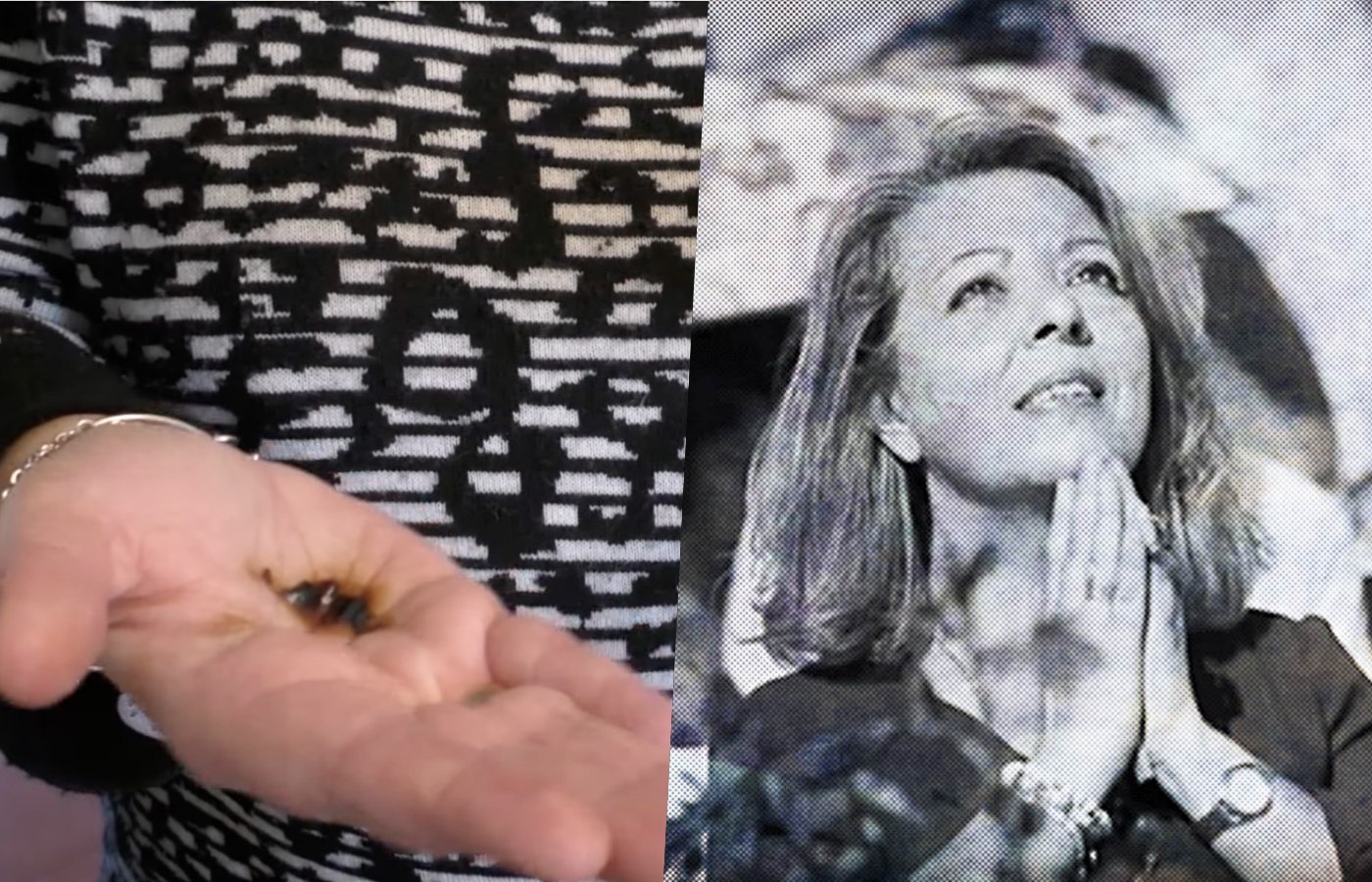

 Alicja Lenczewska
Alicja Lenczewska
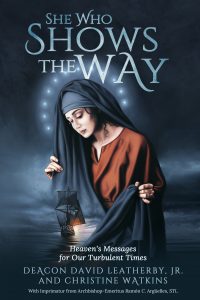
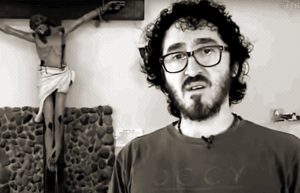
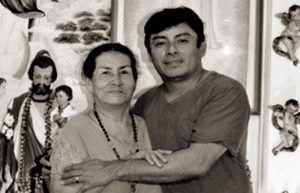
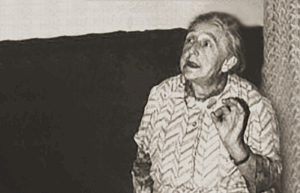 Elizabeth Kindelmann
Elizabeth Kindelmann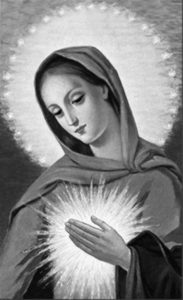 Through what became The Spiritual Diary, Jesus and Mary taught Elizabeth, and they continue to instruct the faithful in the divine art of suffering for the salvation of souls. Tasks are assigned for each day of the week, which involve prayer, fasting, and night vigils, with beautiful promises attached to them, laced with special graces for priests and the souls in purgatory. In their messages, Jesus and Mary say that The Flame of Love of the Immaculate Heart of Mary is the greatest grace given to mankind since the Incarnation. And in the not-so-distant future, her flame will engulf the entire world.
Through what became The Spiritual Diary, Jesus and Mary taught Elizabeth, and they continue to instruct the faithful in the divine art of suffering for the salvation of souls. Tasks are assigned for each day of the week, which involve prayer, fasting, and night vigils, with beautiful promises attached to them, laced with special graces for priests and the souls in purgatory. In their messages, Jesus and Mary say that The Flame of Love of the Immaculate Heart of Mary is the greatest grace given to mankind since the Incarnation. And in the not-so-distant future, her flame will engulf the entire world.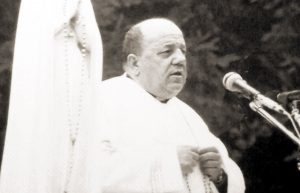 Father Stefano Gobbi
Father Stefano Gobbi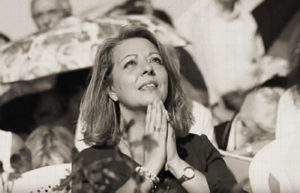 Why Gisella Cardia?
Why Gisella Cardia?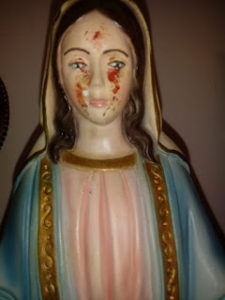 Thirdly, the messages have frequently been accompanied by visible phenomena, photographic evidence found in In Cammino con Maria, which cannot be the fruit of subjective imagination, notably the presence of the stigmata on Giselle’s body and and the appearance of crosses or religious texts in blood on Gisella’s arms. See the pictures taken from her apparition website
Thirdly, the messages have frequently been accompanied by visible phenomena, photographic evidence found in In Cammino con Maria, which cannot be the fruit of subjective imagination, notably the presence of the stigmata on Giselle’s body and and the appearance of crosses or religious texts in blood on Gisella’s arms. See the pictures taken from her apparition website 
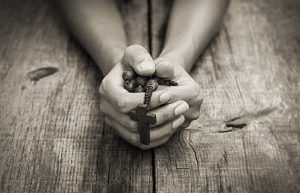 Jennifer
Jennifer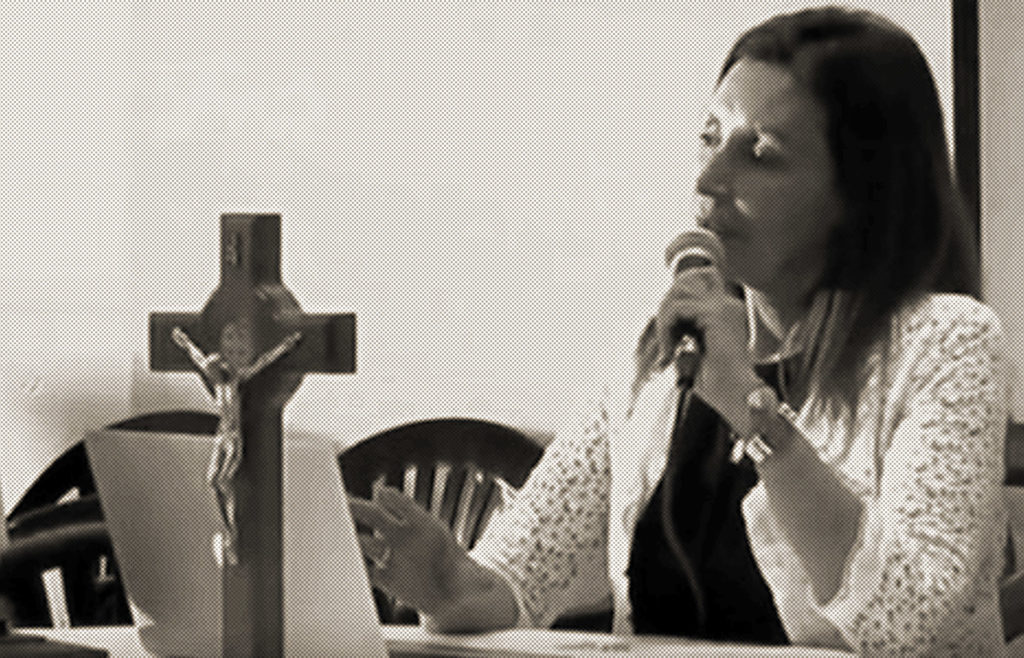
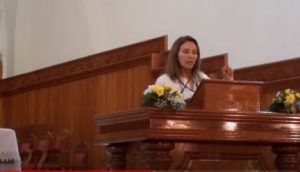
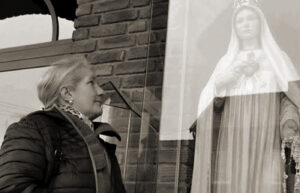 Why Manuela Strack?
Why Manuela Strack?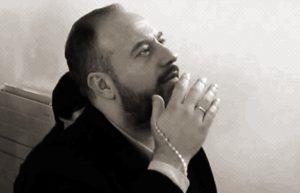

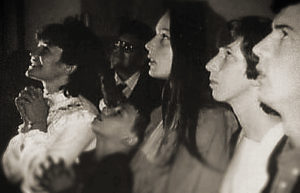 Why the Visionaries of Our Lady of Medjugorje?
Why the Visionaries of Our Lady of Medjugorje?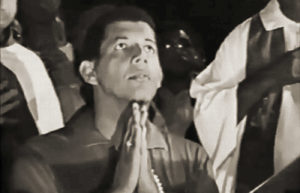 Why Pedro Regis?
Why Pedro Regis?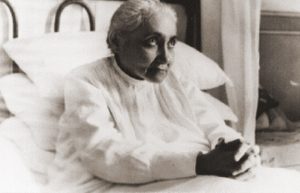 Why the Servant of God Luisa Piccarreta?
Why the Servant of God Luisa Piccarreta?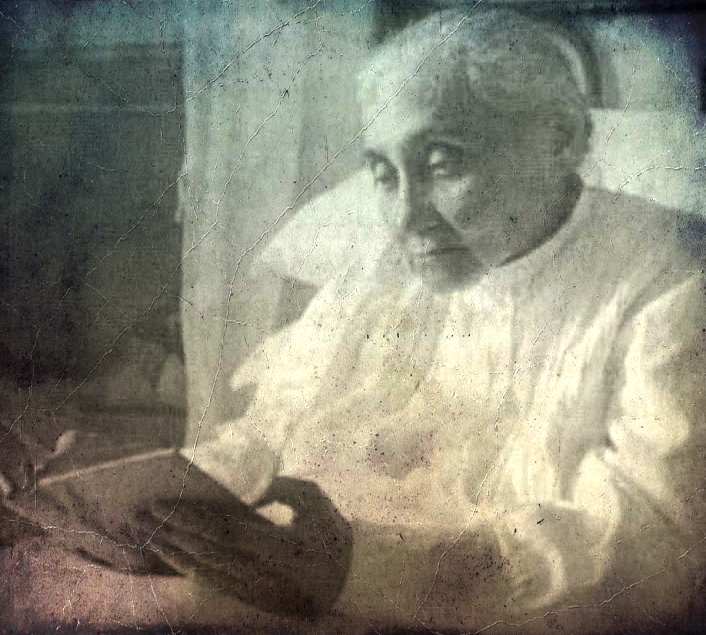 of the saints. It wasn’t until she became a “Daughter of Mary” that the nightmares finally ceased at the age of eleven. In the following year, Jesus began to speak interiorly to her especially after receiving Holy Communion. When she was thirteen, He appeared to her in a vision that she witnessed from the balcony of her home. There, in the street below, she saw a crowd and armed soldiers leading three prisoners; she recognized Jesus as one of them. When He arrived beneath her balcony, He raised his head and cried out: “Soul, help Me!” Deeply moved, Luisa offered herself from that day on as a victim soul in expiation for the sins of mankind.
of the saints. It wasn’t until she became a “Daughter of Mary” that the nightmares finally ceased at the age of eleven. In the following year, Jesus began to speak interiorly to her especially after receiving Holy Communion. When she was thirteen, He appeared to her in a vision that she witnessed from the balcony of her home. There, in the street below, she saw a crowd and armed soldiers leading three prisoners; she recognized Jesus as one of them. When He arrived beneath her balcony, He raised his head and cried out: “Soul, help Me!” Deeply moved, Luisa offered herself from that day on as a victim soul in expiation for the sins of mankind.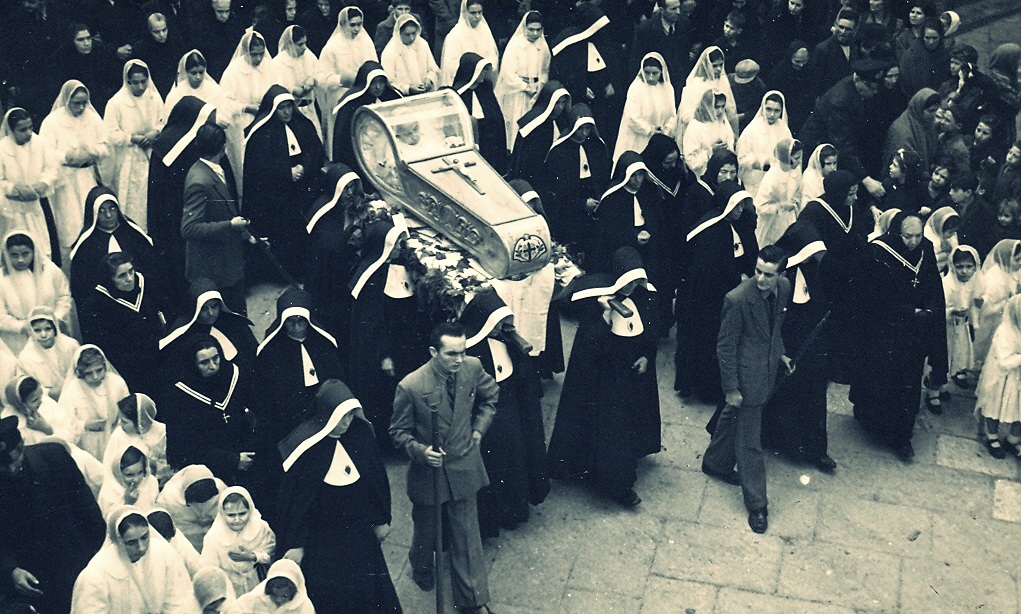 immobile, rigid-like state that appeared almost as if she were dead. It was only when a priest made the sign of the Cross over her body that Luisa regained her faculties. This remarkable mystical state persisted until her death in 1947—followed by a funeral that was no little affair. During that period in her life, she suffered no physical illness (until she succumbed to pneumonia at the end) and she never experienced bedsores, despite being confined to her little bed for sixty-four years.
immobile, rigid-like state that appeared almost as if she were dead. It was only when a priest made the sign of the Cross over her body that Luisa regained her faculties. This remarkable mystical state persisted until her death in 1947—followed by a funeral that was no little affair. During that period in her life, she suffered no physical illness (until she succumbed to pneumonia at the end) and she never experienced bedsores, despite being confined to her little bed for sixty-four years.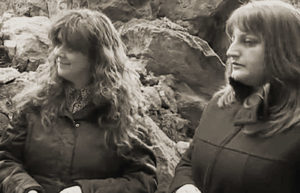 Why Simona and Angela?
Why Simona and Angela?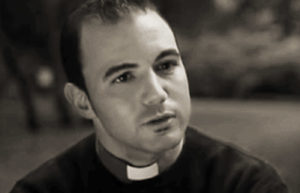
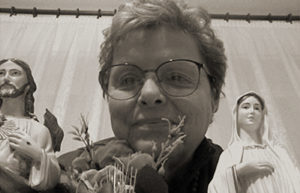 Valeria Copponi
Valeria Copponi